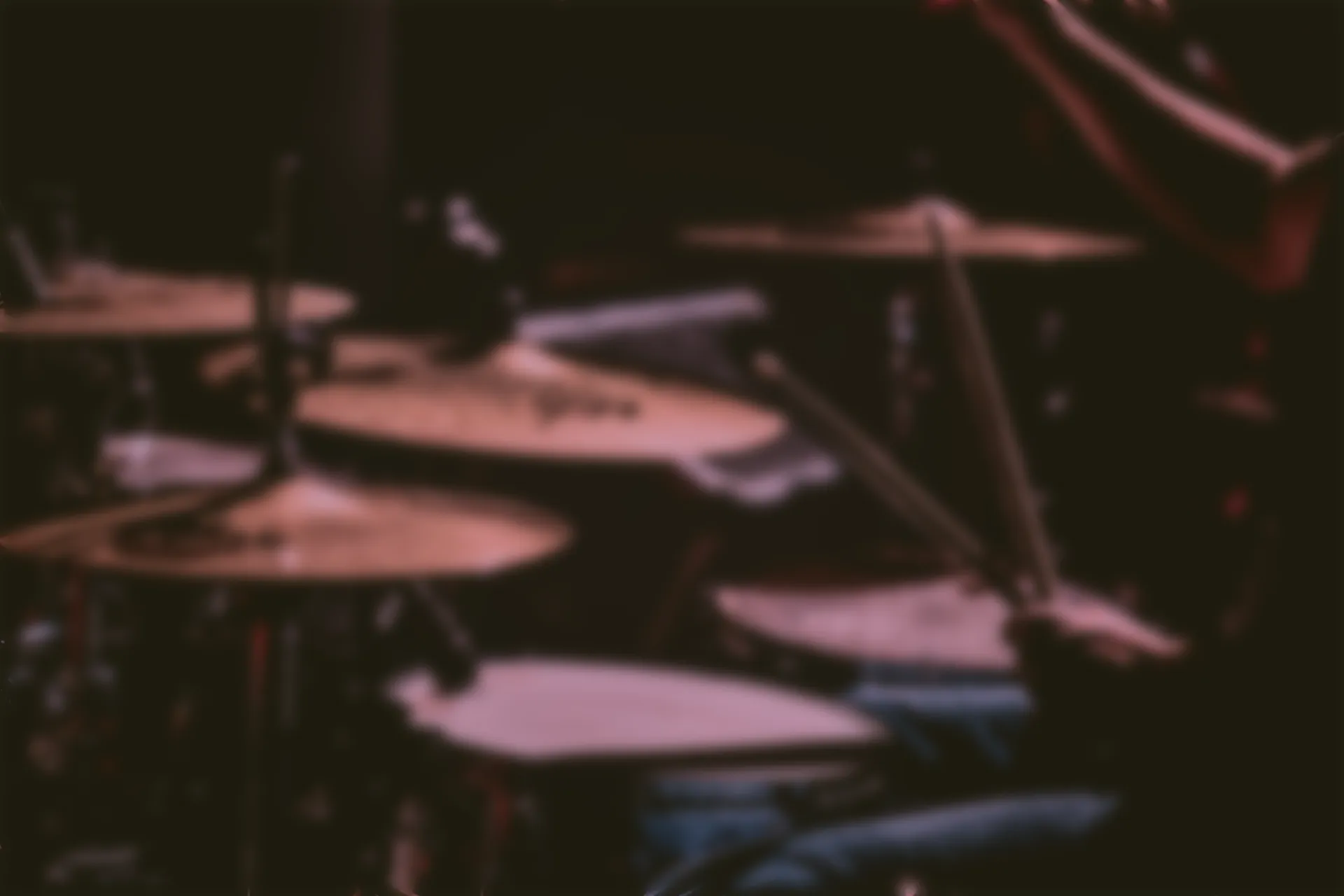Contents
1. About Rhythm Theory
Rhythm may not be emphasized as much in general music theory. Needless to say that books titled “Chord Theory” or “Harmony” don’t treat rhythms, but even in books labeled “Music Theory”, references to rhythm are often limited.
The reason for this might be that rhythm is what is most intuitively understood and reproduced, and many people don’t require a theoretical understanding of it. Moreover, compared to chords or melodies, the identical rhythmic pattern is repeatedly reused in numerous tracks. So, you can confidently mimic professional works, and in that regard, the need for theoretical learning is undoubtedly lower than that of melody or chords.
Classic Beat in Dance Music
For example, in the world of techno and dance music, there’s a classic beat known as Four-on-the-floor, featuring a steady kick drum hitting at regular intervals.
This beat, which is like the heartbeat, sounds very stable and is so frequently used in songs that should make people dance—Techno, EDM, Disco, rock, etc.
And this rhythm is not something that anyone monopolizes; it’s a shared resource. That’s how rhythm works.
Classic Beat in Pops & Rock
In pop and rock, there’s a classic rhythm that has been around for a long time.
It is characterized by a fast tempo and a lively, exhilarating feeling.
Those catchy rhythms have been used over and over, and we can enjoy them without getting tired of them.
Non-Popular Rhythms
Furthermore, while chords have fairly complex techniques and advanced skills, when it comes to rhythm, doing such things can cause a sudden drop in popularity. Also, the theoretical aspect of these areas hasn’t advanced as much as chord and melody theories.
These are examples of a rhythm that might not be immediately understood…Yeah they are attractive, but tends to deviate from mainstream popular music. Therefore, even without studying special theories, simply mimicking the rhythms you hear regularly is often enough.
However, learning basic concepts and terminologies does make it easier to organize information, and it significantly increases the potential to create more effective rhythms than approaching everything purely by intuition. Rhythm theory is easily graspable since you can directly feel it with your body. Reviewing known knowledge isn’t a bad thing, and gaining new knowledge is even more advantageous. You can proceed with a more casual mindset compared to other sections.
2. The “Essentials” of Drums
Now, before we delve into rhythm theory, let’s review the very basics.
Every melody line and accompaniment has some rhythm in it. So, even in piano or guitar solo performances, there is indeed a “rhythm” present.
On the other hand, in much of music, the drum section exists, and it becomes the most dominant force in controlling rhythm.
The core of a drum kit is composed of three instruments. Let’s check them out.
Kick
First, supporting the lowest part of the rhythm is the “Kicks“.
This heavy sound determines literally where the “weight” of the rhythm falls.
Hihat
Conversely, the highest and tinkling sound is the “Hihats“, often abbreviated as “Hats”.
Basically hihats make finer (faster) phrases than kick to present more detailed rhythmic grooves, as they won’t get in the way of the whole music by virtue of their light and thin timbre.
Snare
Supporting the space between the kick and Hat is the “Snares“. Since snares have a very prominent sounds, the perceived rhythm can changes significantly based on when snares are hit.
Now, the rhythmic pattern has fully taken shape. Of course, in actual songs, there are parts where kicks are absent or where the snares aren’t hit. However, with these three elements together, the backbone of the rhythm is distinctly formed.
I’m gonna refer to those three pieces as the Essentials of a drum kit, and this “essentials” remain the same in electronic drums.
The preferrable style of performance varies greatly depending on the genre. So, when it comes to rhythm, “copying” the whole sound is truly important. Listen carefully to works in the genre you want to pursue. In doing so, pay attention to how “essentials” are played.
3. Rhythm Section
It’s not just the drums but also the bass (and some other instruments) that are referred to as the “Rhythm Section“. Especially the bass, being an instrument that handles low frequencies much like the kick drum, has a significant impact on rhythm. Therefore, what kind of phrases the bass plays is crucial for the rhythm section.
It’s like this. Even if the drums are the same, the addition of different bass lines can greatly change the impression. While other upper instruments also influence the overall rhythm, the influence of the low frequencies on the foundation is tremendous.
With linguistic understanding, your ideas will be neatly organized, making the song arranging process more comfortable. Since the Rhythm Part of this text is quite simple in content, I think it’s a good idea to quickly read through Chapter I.

